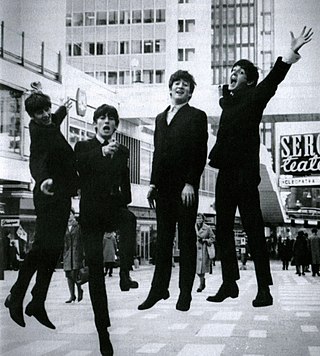
The fifth Beatle is an informal title that has been applied to people who were at one point a member of the Beatles or who had a strong association with John Lennon, Paul McCartney, George Harrison, and Ringo Starr. The "fifth Beatle" claims first appeared in the press immediately upon the band's rise to global fame in 1963–64. The members have offered their own views as to who should be described with the title:
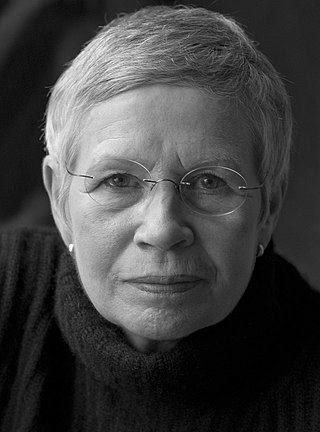
Astrid Kirchherr was a German photographer and artist known for her association with the Beatles and her photographs of the band's original members – John Lennon, Paul McCartney, George Harrison, Stuart Sutcliffe and Pete Best – during their early days in Hamburg.
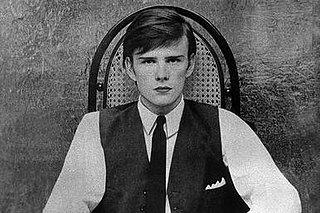
Stuart Fergusson Victor Sutcliffe was a Scottish painter and musician best known as the original bass guitarist of the English rock band the Beatles. Sutcliffe left the band to pursue his career as a painter, having previously attended the Liverpool College of Art. Sutcliffe and John Lennon are credited with inventing the name "Beetles" (sic), as they both liked Buddy Holly's band, the Crickets. They also had a fascination of group names with double meanings, so Lennon then came up with "The Beatles", from the word beat. As a member of the group when it was a five-piece band, Sutcliffe is one of several people sometimes referred to as the "Fifth Beatle".

Liverpool John Moores University is a public research university in the city of Liverpool, England. The university can trace its origins to the Liverpool Mechanics' School of Arts, established in 1823. This later merged to become Liverpool Polytechnic. In 1992, following an Act of Parliament, the Liverpool Polytechnic became what is now Liverpool John Moores University. It is named after Sir John Moores, a local businessman and philanthropist, who donated to the university's precursor institutions.

The Philharmonic Dining Rooms is a public house at the corner of Hope Street and Hardman Street in Liverpool, Merseyside, England, and stands diagonally opposite the Liverpool Philharmonic Hall. It is commonly known as The Phil. It is recorded in the National Heritage List for England as a designated Grade I listed building.

The Liverpool Institute for Performing Arts (LIPA) is a performing arts higher education institution in Liverpool, founded by Paul McCartney and Mark Featherstone-Witty and opened in 1996. LIPA offers 11 full-time BA (Hons) degrees in a range of fields across the performing arts, as well as three Foundation Certificate programmes of study in acting, music technology, and dance and popular music. LIPA offers full-time, one-year master's-level degree courses in acting (company) and costume making. It is a member of the Federation of Drama Schools.
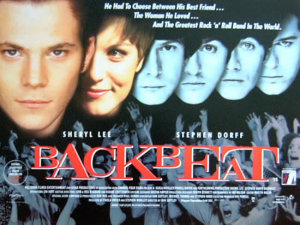
Backbeat is a 1994 independent drama film directed by Iain Softley. It chronicles the early days of the Beatles in Hamburg, Germany. The film focuses primarily on the relationship between Stuart Sutcliffe and John Lennon, and also with Sutcliffe's German girlfriend Astrid Kirchherr. It has subsequently been made into a stage production.
Kenwood is a house on the St George's Hill estate, Weybridge, Surrey, England. Originally called the Brown House, it was designed by architect T. A. Allen, and built in 1913 by Love & Sons, a local building firm. The estate was constructed around the Weybridge Golf Club, which was designed in 1912 by Harry Colt.

Birth of the Beatles is a 1979 American biographical film, produced by Dick Clark Productions and directed by Richard Marquand. The film was released into cinemas worldwide, except in the United States, where it was shown as a TV film on ABC. The film focuses on the early history of the Beatles. It was released nine years after the announced break-up of the Beatles themselves, and is the only Beatles biopic to be made while John Lennon was still alive. Pete Best, the Beatles' original drummer, served as a technical advisor for the production.
William Harry is the creator of Mersey Beat, a newspaper of the early 1960s which focused on the Liverpool music scene. Harry had previously started various magazines and newspapers, such as Biped and Premier, while at Liverpool's Junior School of Art. He later attended the Liverpool College of Art, where his fellow students included John Lennon and Stuart Sutcliffe, who both later performed with the Beatles. He published a magazine, Jazz, in 1958, and worked as an assistant editor on the University of Liverpool's charity magazine, Pantosphinx.

Deaf School is an English art rock/new wave band, formed in Liverpool, England, in January 1974.
"Cayenne" is an instrumental track by the Beatles. It was recorded in 1960, when they were still known as the Quarrymen, and was not officially released until its inclusion on the 1995 album Anthology 1.
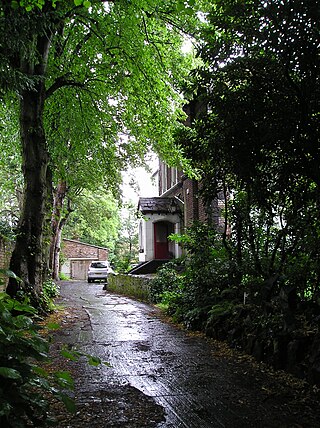
The Casbah Coffee Club, officially Casbah Club, was a rock and roll music venue in the West Derby area of Liverpool, England, that operated from 1959 to 1962. Started by Mona Best, mother of early Beatles drummer Pete Best, in the cellar of the family home, the Casbah was planned as a members-only club for her sons Pete and Rory and their friends, to meet and listen to the popular music of the day. Mona came up with the idea of the club after watching a TV report about The 2i's Coffee Bar in London's Soho where several singers had been discovered.
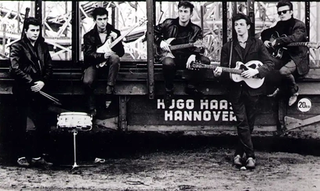
The original lineup of the Beatles, John Lennon, Paul McCartney, George Harrison, Stuart Sutcliffe and Pete Best regularly performed at different clubs in Hamburg, West Germany, during the period from August 1960 to December 1962; a chapter in the group's history which honed their performance skills, widened their reputation, and led to their first recording, which brought them to the attention of Brian Epstein.

In His Life: The John Lennon Story is a 2000 American made-for-television biographical film about John Lennon's teenage years, written by the film's executive producer, Michael O'Hara, and directed by David Carson.

The John Lennon Art and Design Building in Liverpool, England, houses Liverpool John Moores University's School of Art and Design. The school was formerly located at the Grade II listed Liverpool College of Art, which now houses LJMU's School of Humanities and Social Science.
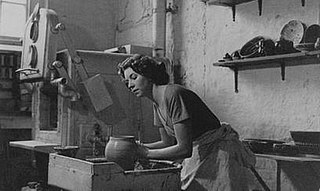
Julia Althea Carter Preston was a British potter who was responsible for reviving the art of sgraffito in the United Kingdom in the 1950s.















